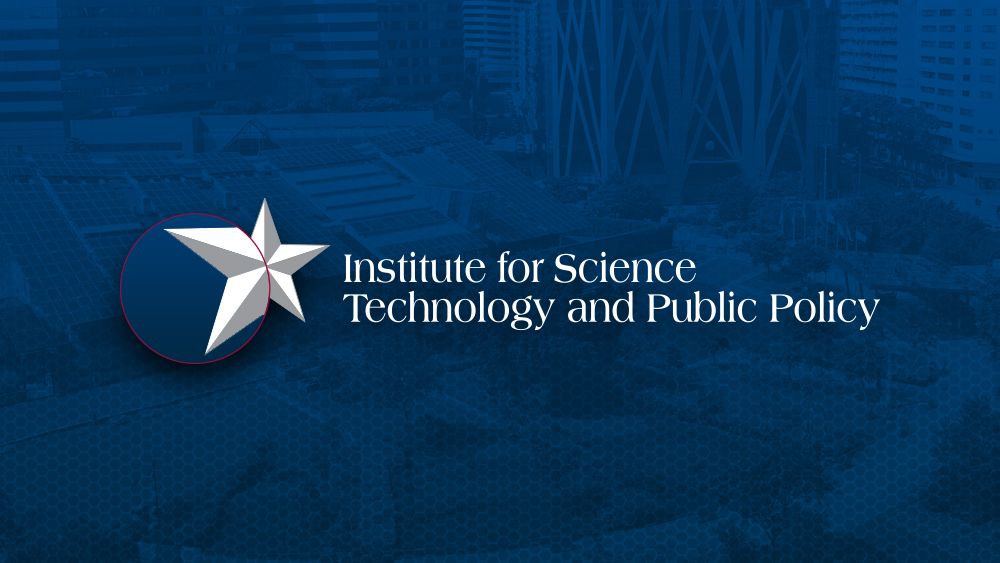
Lindsay Sansom, doctoral candidate in Ecosystem Science & Management at Texas A&M and Coordinator for the interdisciplinary U.S.-Mexico Transboundary Water Governance Project, presented two research studies at the World Water Congress XVI in Cancun, Mexico. The first study, “U.S.-Mexico Water Cooperation and Conflict,” examined changes in the level and nature of conflict and cooperation between these two countries on transboundary water issues. Sansom and her co-author, ISTPP Director Kent Portney, used Mirumachi’s Transboundary Water Interaction NexuS (TWINS) matrix to categorize this binational relationship. Their research identified four distinct historical periods. Each period reflects different water issues, such as water scarcity, and how each nation’s responses contributed to an increase or decrease in the intensity of conflict and cooperation in governing the shared water resource.
In her second project, “The Hueco Bolson: A Case for Improved Transboundary Aquifer Management”, Sansom evaluates the strengths and weaknesses of governance structures in place and others that are in development for managing this at-risk shared aquifer. The viability of the Hueco Bolson aquifer, shared by Texas, New Mexico, and Mexico is threatened by decreases in water quantity and quality. There are multiple levels of governance that apply to water rights and use of the Hueco Bolson – international agreements between Mexico and each state, Mexican and Chihuahuan governing organizations, as well as those in Texas and New Mexico.
Sansom also presented at the Universities Council on Water Resources Conference held in Ft. Collins, Colorado. In this project, “Understanding How Risk Perception and Trust Impact Binational Cooperation over Water Sharing: Texas-Mexico Case Study,” Sansom develops a theoretical model about how the interplay of social, economic, and political systems influence risk perceptions and trust, which in turn effect one’s willingness to engage in cooperative or conflictual behavior. She proposes to test this multi-level model by interviewing and surveying stakeholders on both sides of the border who manage or make decisions over transboundary waters.
